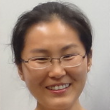Multimedia includes a combination of individual content forms including text, images, audio, and video. It has a broad range of applications in various fields comprising advertisements, art, education, engineering, medicine, business, and scientific research. Signal processing techniques focus on image/video coding and processing and speech/audio recognition. The topics of this conference this year cover techniques and applications in big media data.
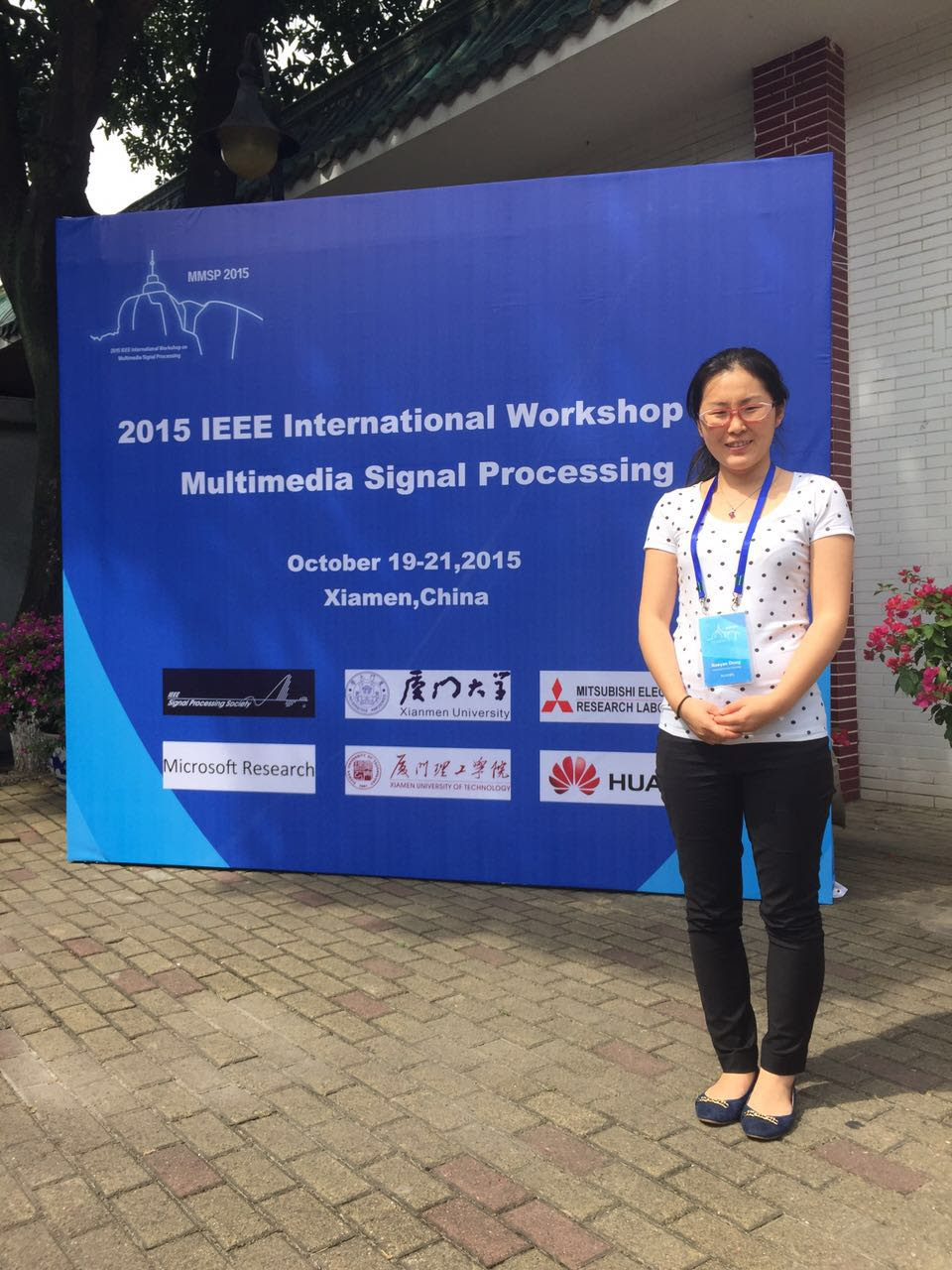
MMSP 2015
At MMSP 2015, organized by IEEE Signal Processing Society and held at Xiamen in China, three keynote speakers presented various techniques on multimedia and two industry talks were given to introduce algorithms they use. One very interesting keynote speech was given by Professor Ramesh Jain from University of California. He presented the developments of smart phones in capturing, storing, and sharing photos. He believed that photos and videos can somewhat take the place of language or literacy to boost communication. To achieve this goal, techniques of understanding the photos and event analytics are required. In addition, with the increasing amount of media data, explorations of deep learning algorithms are important.

Xiamen Hotel Conference Venue
After Professor Ramesh keynote speech, Xiansheng Hua from Alibaba Group, China, gave an industry overview talk. He pointed out the four key factors of realizing a real-world visual search system:
- features for representing photos of goods
- recognition models
- data coverage
- and system implementation.
He believed classification becomes less effective than similarity search in some cases, such as when the number of classes is undefined and increases over time – as is often the case in real world applications.
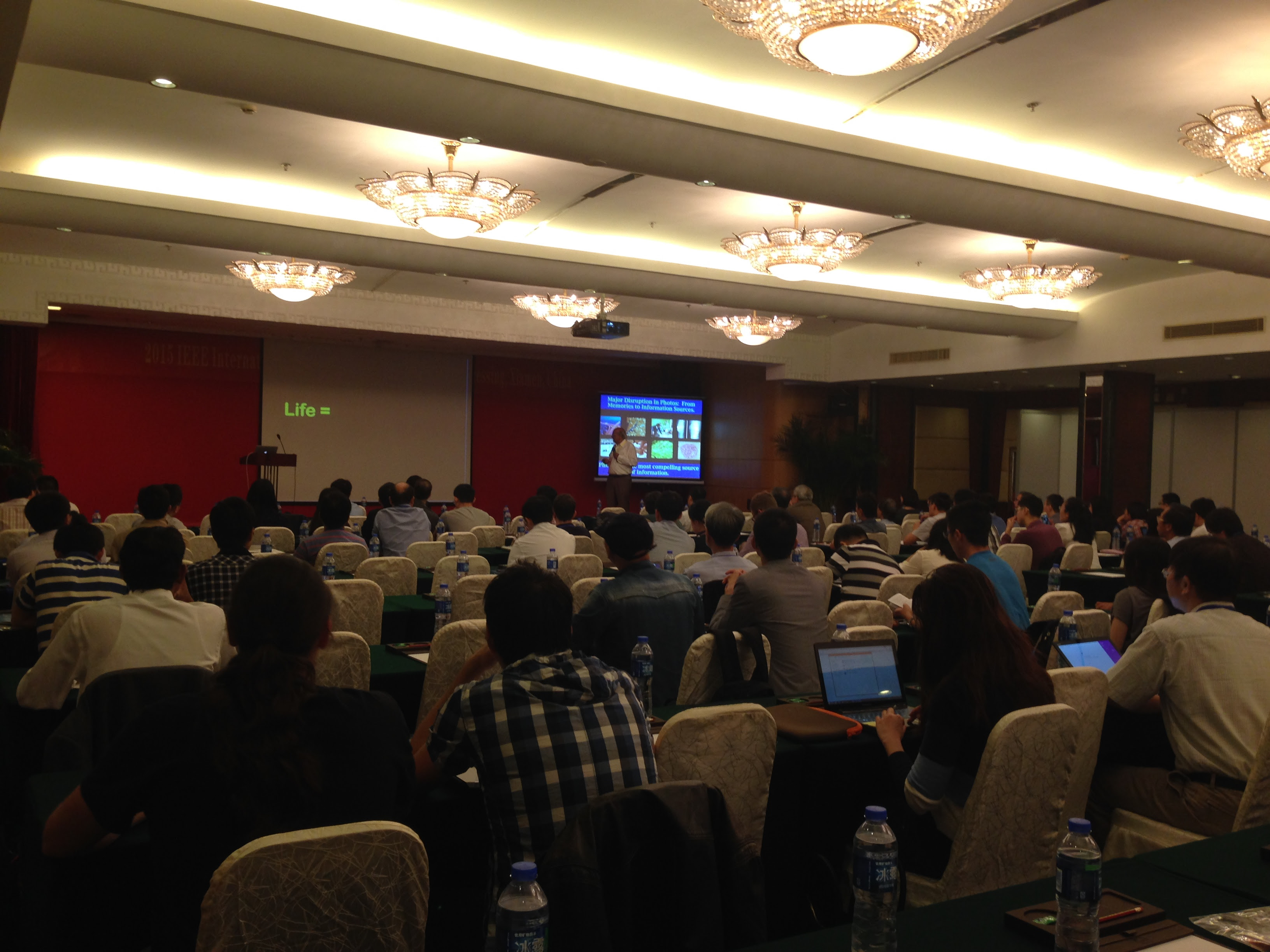
My poster presentation on Monday morning for our paper Generalised Features for Bird Vocalisation Retrieval in Acoustic Recordings (http://eprints.qut.edu.au/86528/) went well. It attracted attention from many researchers. Most of them found the motivation for bioacoustic monitoring to be interesting and admitted that analysis of environmental recordings is very challenging. Some of them believed there is still significant research needed in the field of fully automated analysis and expressed interest in exploring further.
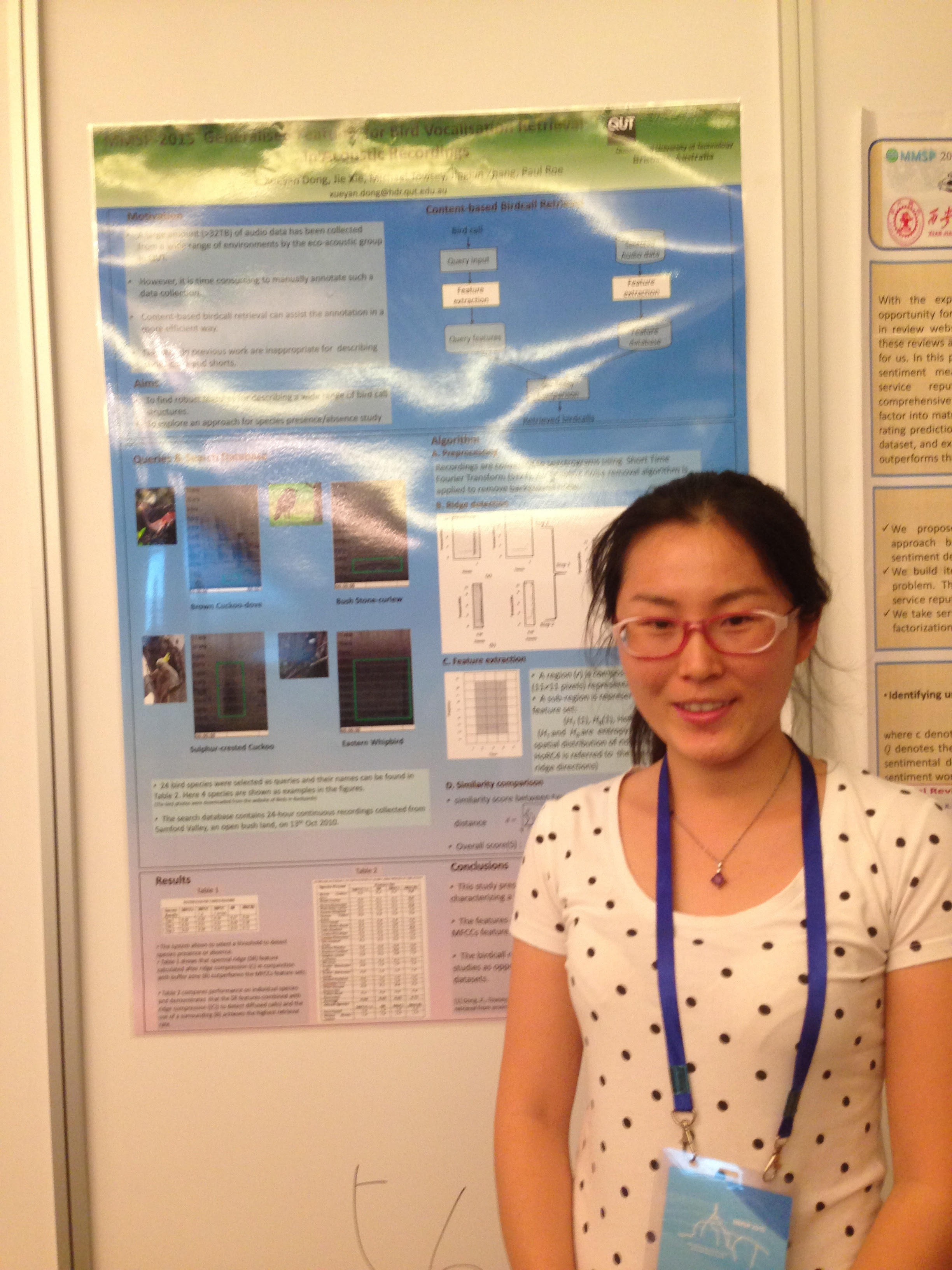
Xueyan’s Poster
After the conference, I spent half a day in the beautiful Xiamen University. The campus is huge and just next to a beach. I had a nice walk along the beach after coming out from the University. I enjoyed this trip so much. If possible, I would like to visit Xiamen again and explore more interesting places.
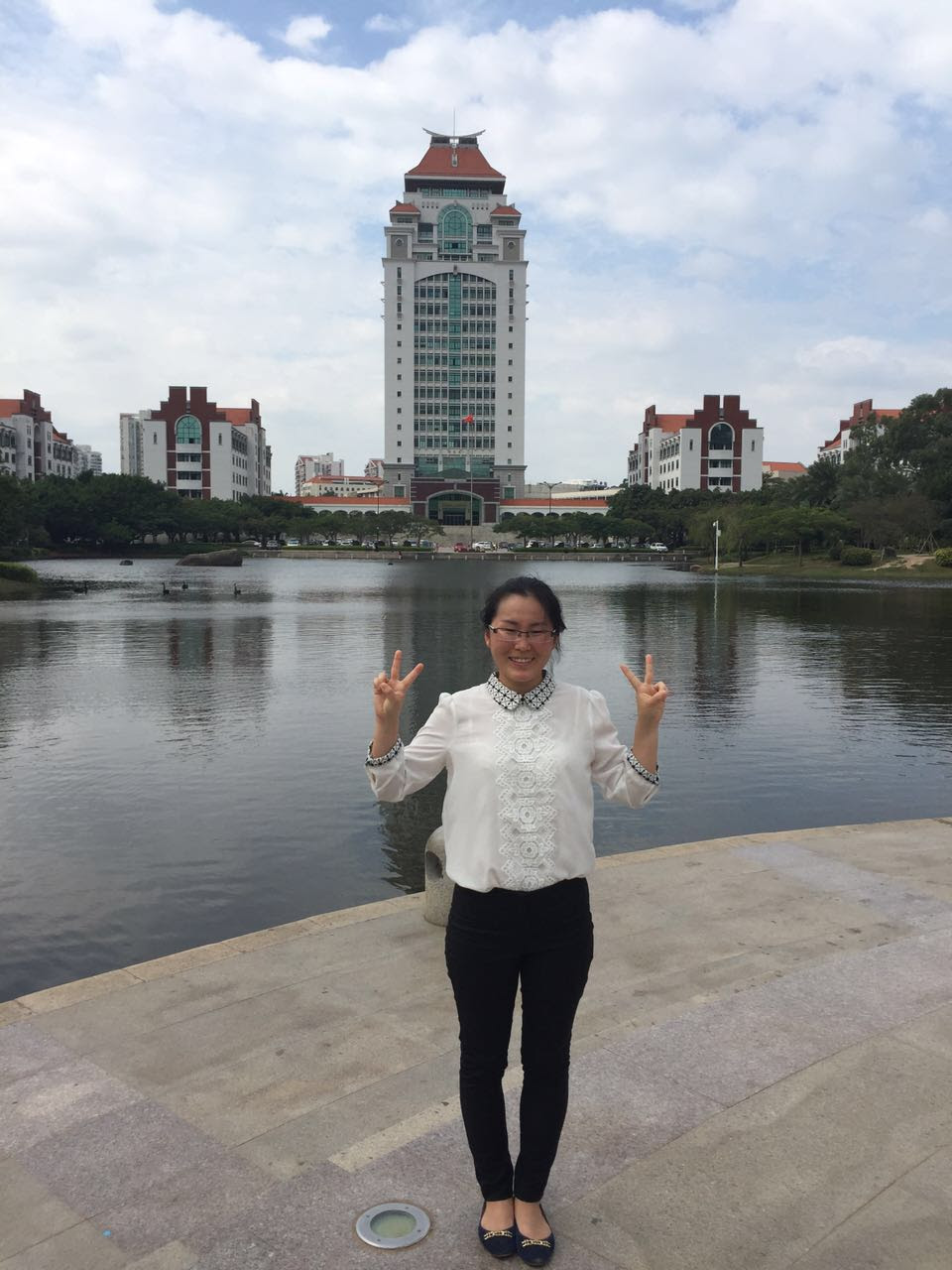
Exploring Xiamen

Xiamen Skyline
